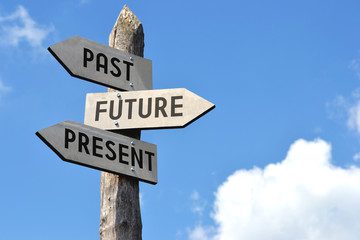The ILR Spec 18-19 defines the Learner Destination and Progression as ‘the destination of the learner when they have completed or withdrawn from the activities on their original learning agreement or plan’. It’s an important part of the ILR, and below we will outline its importance, what information is collected, and when it is collected.
Why is Destination and Progression important?
The Destination and Progression record is useful to demonstrate how the FE sector is contributing to the future success of learners, and in collecting these figures we are able to show how effective the learning is in providing future employment or education, which can also be helpful in determining future ESF funding.

Additionally, it is also helpful in collecting figures on completion and attainment for DfE for 16-18 year olds, showing whether learners progressed to other FE, apprenticeships, or employment. Furthermore, we are able to measure how successful a traineeship has been in a similar way.
When is this information collected?
The information is collected for learners when they have completed all the activities on their original learning agreement or plan. You do not need to complete a Destination and Progression record at the end of every learning aim.
Destination and progression data is required to be returned within two months of the learning being completed, and you must continue to include Destination and Progression records in each ILR file that you send for the teaching year.
The information is collected by the learning provider, and is required for learners who leave the provider, and for learners who are remaining with the same provider to progress to further learning.
What information is collected?
In TERMS, the Destination and Progression record is an independent record set against the individual learner. You can find this within the learner record, under ‘Funding Details’. When you go to add a new Destination and Progression record, you are required to input the following details:
- Outcome Start Date
- Outcome Type
- Outcome Code
- Outcome End Date
- Outcome Collection Date
The start date is when the information is relevant from, and used to calculate the duration of the outcome in conjunction with the outcome end date. This will be used to establish whether or not an employment outcome meets the criteria for a sustained destination or progression.
The outcome type has a possible 7 options (education, in paid employment, gap year, not in paid employment, other, social destination, and voluntary work).
The outcome code options come as a result of what is determined as the outcome type. An example of this is if you set the outcome type to ‘In paid employment’ – the options available for the code relate directly to employment, i.e. full time, part time, and self-employed.
The outcome end date only needs to be returned if the outcome that is being reported has finished, for example, if the learner was employed for a month after finishing learning but was no longer employed when you collected the information. If the learner’s destination is still current when the data is collected, for example if the learner is still in employment; then the outcome end date will not apply and does not need to be returned.
For any further questions regarding Destination and Progression, please contact the TERMS Help Desk on 03303 211707 or support@westmarchsystems.co.uk
Lauren McLelland